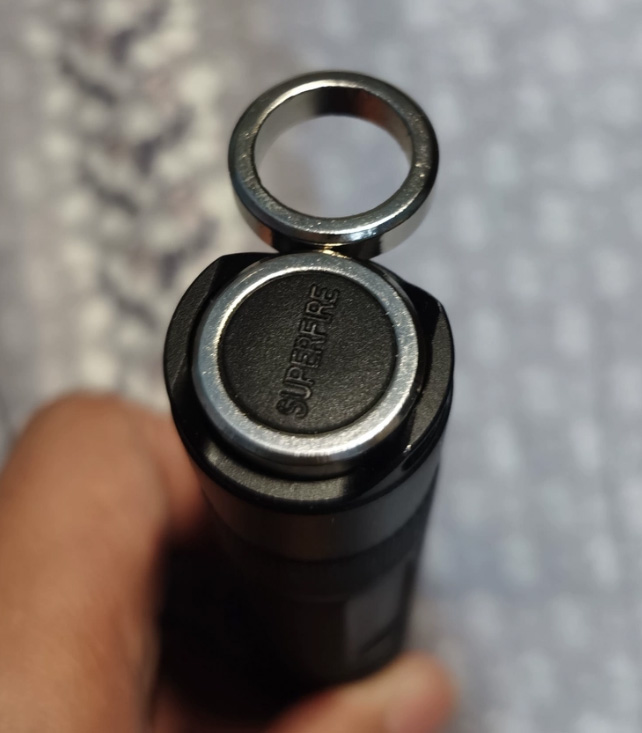Magnets, can attract iron, this many children know, but in fact, it not only attracts only iron, but also nickel, cobalt and other metals, today this article to introduce those metals that will not be attracted by magnets.
Here's a list of some common metals that can't be attracted to magnets and why.
Powerful and widely used ring-shaped neodymium magnets

Copper (Cu)
An antimagnetic material that produces a weak antimagnetic effect in a magnetic field, causing it not to be attracted to magnets.
Aluminum (Al)
Paramagnetic material, whose atomic magnetic moments are slightly aligned in an external magnetic field, but whose magnetization is extremely low. In everyday use, this attraction is almost imperceptible and is therefore considered “not attracted to magnets”.
Gold (Au) and silver (Ag)
are both antimagnetic metals with an electronic structure that causes them to repel weakly from external magnetic fields. Despite being precious metals, they are not attracted to ordinary magnets.
Lead (Pb)
is an antimagnetic material with a negative magnetization that instead slightly repels magnetic fields, and therefore will not be attracted to magnets.
Zinc (Zn)
Zinc is also a paramagnetic material with very low magnetization and is therefore unaffected by magnets.
Titanium (Ti)
Titanium is a paramagnetic material with a very small magnetization, so it is not attracted to magnets.
Certain types of stainless steel, such as 304 (18-8 stainless steel), 316, 321, 310, etc
If you want to quickly determine whether the metal is magnetic or not can be judged by using a neodymium magnet close to the surface of the metal, through the spectrometer to detect whether it contains iron, nickel, cobalt and other elements.
Highly relevant content;
Are all metals attracted to a magnets?
 China Neodymium And Ferrite Magnets Manufacturer & Supplier
China Neodymium And Ferrite Magnets Manufacturer & Supplier 


